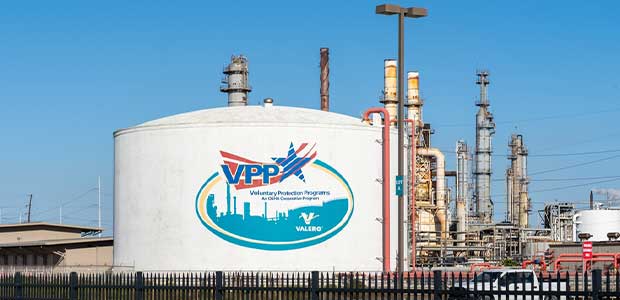
OSHA to Host Meeting on Voluntary Protection Programs on June 15
Though the event will take place in DC, those wishing to attend can do so in person or online.
- By Alex Saurman
- May 12, 2023
On June 15, OSHA will be hosting a meeting focused on its Voluntary Protection Programs (VPP).
According to a trade release, held in Washington D.C., the stakeholder meeting will cover “modernizing, improving and expanding” the program. Per the trade release, “OSHA is interested in various perspectives in stakeholders’ answers to questions, such as the following:
- Are there leading indicators for measuring future performance of safety and health management systems?
- How can OSHA encourage more employers to apply to VPP?
- Aside from current customer experience surveys, how can OSHA solicit more frequent and timely feedback on the program?
- Beyond the OSHA Challenge, how can the agency increase the use of effective safety and health management systems by companies not in the VPP?
- How can OSHA improve the program’s quality or integrity?
- Given OSHA’s limited resources, how can the agency grow VPP more efficiently?
- In what ways, can safety and health consensus standards be used to create pathways for companies to participate in the VPP?”
OSHA will also discuss public comments.
Those interested in attending the meeting, whether in person at the Frances Perkins Building or virtually, must register by June 1 online. Attendees joining online will only be able to listen.
The VPP—which was started over 40 years ago—recognizes employers for their work on “safety and health management systems” and few injury and illness reports, according to its website. The highest level of recognition an employer can earn under the VPP is star status.
Photo credit: JHVEPhoto / Shutterstock.com
About the Author
Alex Saurman is a former Content Editor for Occupational Health & Safety,who has since joined OH&S’s client services team. She continues to work closely with OH&S’s editorial team and contributes to the magazine.